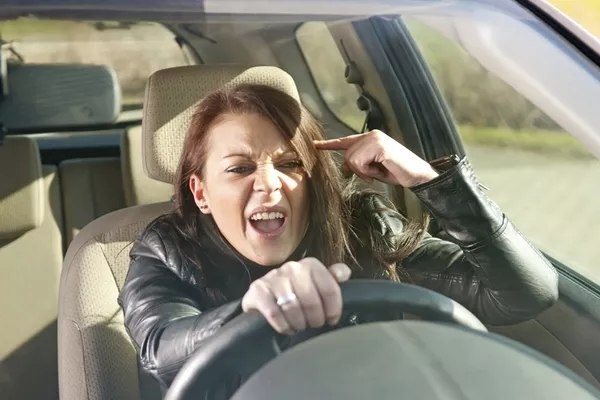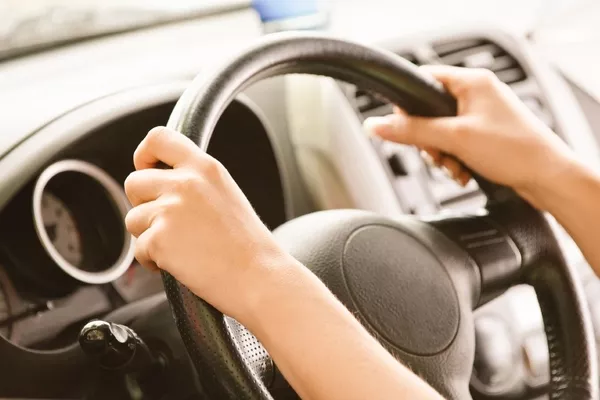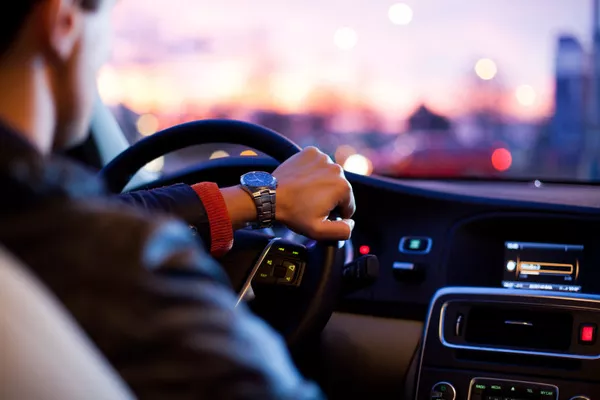Trouble and disagreements on the road actually happen often -- usually on heavily congested roads where people, both drivers, and commuters, are most stressed out. Let’s face it. We all want to get where we want to go immediately. This is why even one-hour traffic is enough to drive people close to the brink. Add that to possible emergencies, vehicle problems, and anxious drivers -- and you will most likely get road rage. It may seem impossible to avoid road rage. You actually can. Just keep reading this article from Philkotse.com, and we’ll walk you through what you can do.
1. Road rage and aggression
Road rage can be caused by a variety of reasons. Once you get it though, the way you respond to the other party will pretty much determine the outcome of the event.
You can always talk it out and solve the problem then and there, but there is also the legal but lengthier way to solve it. In the end, prevention is always better than cure. So, try to avoid the possibility of getting in a rage so you won’t have to endure any of these two scenarios.

Road rage can be caused by a variety of reasons
>>> Good to know: A guide to balance road rage and teen problems.
2. What is road rage?
Before we dive into tips and suggestions, let’s first find out what road rage actually means. As Merriam-Webster defines it, road rage refers to the “uncontrolled anger” of a motorist, usually over another motorist, causing him to feel infuriated, and elicits an aggressive or angry response.
In research conducted by the AAA, a large portion of the aggressive drivers caught are educated men with ages ranging from 16 to 26. The AAA Foundation also left a message we can ponder one. According to them, if the driver has a case of IED, salary, age, and degree won’t lessen the driver’s aggression. IED stands for Intermittent Explosive Disorder.

Road rage refers to the “uncontrolled anger” of a motorist
>>> Check out:
3. What is aggressive driving?
Aggressive driving, on the other hand, is a very different case compared to road rage. This refers to a traffic offense that any driver can be guilty of. This is usually done by a driver with no intention of causing harm. Examples of aggressive driving cases are running red lights, tailgating, and speeding.

Aggressive driving refers to a traffic offense that any driver can be guilty of
4. Comprehensive tips to avoid road rage and aggressive driving
Drive defensively, always
Driving properly will prevent you from being an aggressive driver. This will also prevent you from standing out in the eyes of aggressive drivers. Keep both of your hands on the wheel always.
This will help you react quickly if something unfortunate suddenly happens while you’re driving on the road. If you need to answer calls or use a mapping app, you can utilize a phone mount.

Driving properly will prevent you from being an aggressive driver
Keep your cool
Traffic can bring out the worst in us. It can really test our patience and pull our strings. That’s why it’s best to keep your cool and prepare your mood for the traffic ahead. If you know traffic will take more than a couple of minutes.
It’s best to bring things that will help lengthen your patience. Bring some water, your favorite playlist, or a digital book you always wanted to read (an audiobook works best).
>>> Tips for you:
- 5 tips for all Filipino drivers on staying calm in heavy traffic.
- Driving in Manila: Beating rush hour blues and avoid road rage.
It takes two to argue
A lot of the road rage and aggressive driving incidents usually involve two or more drivers. Remember to always keep calm and be courteous and polite. Try to speak slowly and show the aggressive driver that you're a reasonable person. This will prevent both parties from making a bigger wreck out of the problem.
Keep your head on the road
A lot of the aggressive drivers out there are usually emotionally challenged when they get caught misbehaving on the road. That’s why it’s important that you keep yourself together before you get in front of the wheel.
Don’t try to drive when your emotions are high. Emotionally charged situations can blind your reasoning, cloud your decision-making skills, and cause you to get easily annoyed by traffic nuisances. This could have you end up in trouble.

It’s important that you keep yourself together before you get in front of the wheel
Be as predictable as possible while you’re on the road
Use your lights, your horn, and hand signals whenever you’re on the road. These elements are supposed to make you visible on the road. That’s why it’s best to utilize them whenever necessary.
Let other drivers know that you’ll be turning right or left or that you’ll be coming to a stop. This won’t only prevent angry drivers. This will also save you from possible accidents.
>>> You should know:
- Are you using your car’s turn signal lights correctly?
- 4 basic hand signals for driving you should know and understand.
Stay away from bad drivers
Now there are incidences when you mind your own business, but another driver keeps crossing you. Drivers like these will usually do things to annoy you like tailgate you, honk their horn repeatedly at you, and so on. It’s best to simply ignore these types of drivers to avoid trouble.
If they continue to bother you, do hesitate to report them to local authorities. You will usually need the license plate number and possibly a description of the vehicle so the police can file a report.
Recent posts
- [Philkotse guide] 9 racing techniques for everyday driving Nov 14, 2019
- Ways James Bond influenced your driving and what you need to know Aug 16, 2022
- 7 Most Expensive Fines for Traffic Violations in the Philippines (MMDA) Nov 08, 2022
- That Day in a Week: Number Coding in the Philippines Aug 25, 2021
- 7 safety tips for driving during traffic congestion in the Philippines Nov 12, 2019












